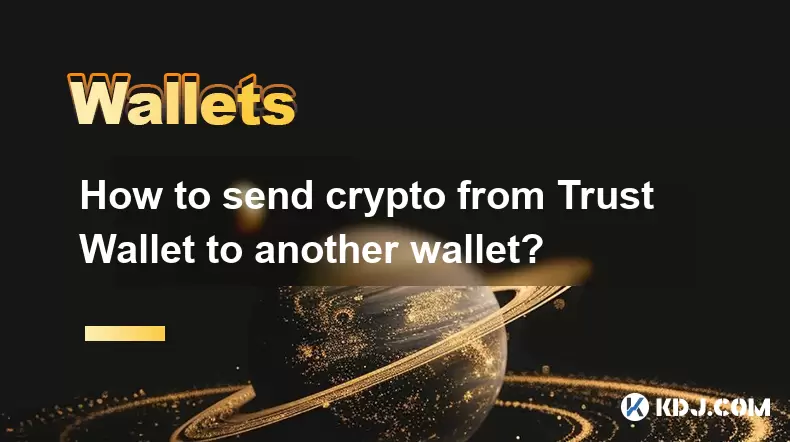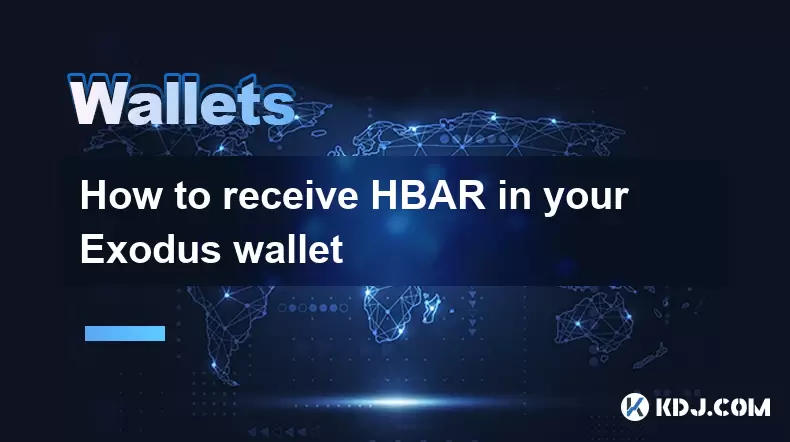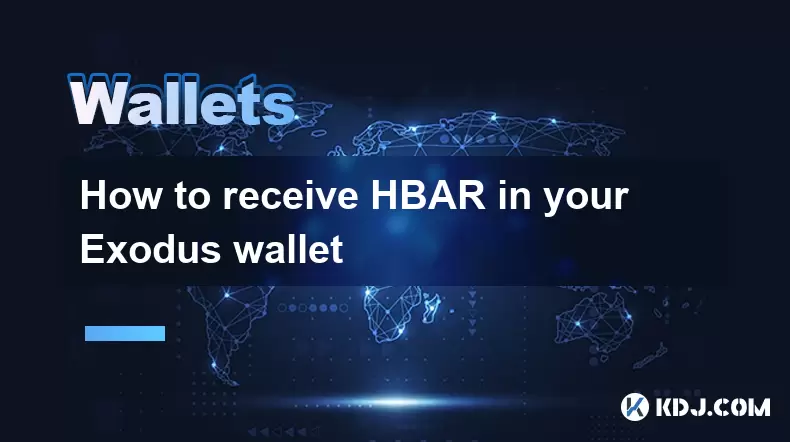-
 Bitcoin
Bitcoin $116400
-0.36% -
 Ethereum
Ethereum $4033
3.40% -
 XRP
XRP $3.302
-1.26% -
 Tether USDt
Tether USDt $1.000
-0.02% -
 BNB
BNB $796.1
1.67% -
 Solana
Solana $177.8
1.89% -
 USDC
USDC $0.9999
0.00% -
 Dogecoin
Dogecoin $0.2314
4.09% -
 TRON
TRON $0.3381
0.14% -
 Cardano
Cardano $0.7989
1.22% -
 Stellar
Stellar $0.4496
-1.84% -
 Chainlink
Chainlink $20.42
9.42% -
 Hyperliquid
Hyperliquid $41.17
0.88% -
 Sui
Sui $3.914
3.77% -
 Bitcoin Cash
Bitcoin Cash $584.7
1.52% -
 Hedera
Hedera $0.2632
-0.54% -
 Avalanche
Avalanche $24.09
3.40% -
 Ethena USDe
Ethena USDe $1.001
-0.02% -
 Litecoin
Litecoin $123.2
1.33% -
 Toncoin
Toncoin $3.318
-0.04% -
 UNUS SED LEO
UNUS SED LEO $8.984
-0.05% -
 Shiba Inu
Shiba Inu $0.00001323
2.85% -
 Uniswap
Uniswap $10.90
4.41% -
 Polkadot
Polkadot $3.999
3.34% -
 Dai
Dai $1.000
0.01% -
 Cronos
Cronos $0.1630
9.64% -
 Bitget Token
Bitget Token $4.484
0.82% -
 Monero
Monero $272.4
2.44% -
 Pepe
Pepe $0.00001173
6.03% -
 Aave
Aave $290.8
2.88%
How to send crypto from Trust Wallet to another wallet?
Always verify the recipient’s wallet address and select the correct network when sending crypto from Trust Wallet to avoid irreversible fund loss.
Aug 09, 2025 at 12:56 pm

Understanding Wallet-to-Wallet Crypto Transfers
Sending cryptocurrency from Trust Wallet to another wallet is a common operation for users managing digital assets. Trust Wallet supports a wide range of blockchains and tokens, including BNB Smart Chain, Ethereum, Bitcoin, Solana, and many others. Before initiating any transfer, it’s essential to understand that each blockchain operates independently. This means that sending BNB on the Binance Chain is different from sending it on the BNB Smart Chain, and using the wrong network can result in permanent loss of funds.
To ensure a successful transfer, you must verify the receiving wallet’s compatibility with the token and network you're using. For example, if you're sending USDT, you need to confirm whether the recipient supports ERC-20 (Ethereum), BEP-20 (BNB Smart Chain), or TRC-20 (Tron). Mismatched networks are one of the most common reasons for failed transactions.
Preparing Your Trust Wallet for Transfer
Before sending crypto, ensure your Trust Wallet is updated to the latest version from the official app store. An outdated app may lack critical security patches or support for newer tokens. Once updated, open the app and authenticate using your biometric lock or passcode.
Navigate to the home screen where your assets are listed. Tap on the cryptocurrency you wish to send. For example, if sending Ethereum (ETH), tap the ETH card. This will open the asset details page, where you can view your balance, transaction history, and available actions such as Send, Receive, and Buy.
It’s crucial to double-check your available balance and account for network fees (also known as gas fees), which vary depending on the blockchain’s congestion. These fees are deducted from your balance and are non-refundable even if the transaction fails.
Initiating the Send Process in Trust Wallet
Tap the Send button on the asset’s detail page. This opens the transfer interface. You’ll be prompted to enter the recipient’s wallet address. This can be done in two ways:
- Manually enter the address: Carefully type or paste the recipient’s public address. Ensure there are no extra spaces or incorrect characters.
- Scan a QR code: Tap the QR code icon to use your phone’s camera and scan the recipient’s wallet QR code. This method reduces the risk of input errors.
After entering the address, the app will display the wallet name (if recognized) and the network it belongs to. If the address is valid, proceed to the next step. If an error appears, do not continue—verify the address with the recipient.
Selecting the Correct Network and Amount
Once the recipient address is confirmed, you’ll need to choose the network (or chain) for the transfer. This step is critical. For example, if sending USDT, you may see options like:
- Ethereum (ERC-20)
- BNB Smart Chain (BEP-20)
- Tron (TRC-20)
Select the network that matches the recipient’s wallet capabilities. Choosing the wrong network may result in the funds being lost. If you're unsure, ask the recipient which network they are using to receive the token.
Next, enter the amount you wish to send. You can input it in either the crypto amount (e.g., 0.5 ETH) or its fiat equivalent (e.g., $1,200). The app will automatically calculate the other value. Below the amount field, you’ll see the estimated network fee. This fee is paid to miners or validators to process your transaction.
Review all details carefully:
- Recipient address
- Selected network
- Amount to send
- Network fee
Confirming and Finalizing the Transaction
After reviewing, tap Continue. Trust Wallet will prompt you to confirm the transaction using your passcode, fingerprint, or face recognition. Once authenticated, the transaction is broadcast to the blockchain network.
You’ll see a confirmation screen with a transaction ID (TXID). This ID is crucial for tracking. Tap on it to open a blockchain explorer (like Etherscan or BscScan) and monitor the transaction status. The time for confirmation depends on the network—Ethereum may take minutes to hours, while BNB Smart Chain is usually faster.
Do not close the app or restart your phone until the transaction is confirmed. Although the app may show “Sent,” the funds are only secured once the network confirms the transaction. If the transaction remains pending for an unusually long time, you may need to adjust the gas fee in future transfers.
Troubleshooting Common Transfer Issues
If the transaction fails or the funds don’t arrive, first check the TXID on a blockchain explorer. Look for:
- Whether the transaction was mined
- If it was sent on the correct network
- The recipient address matches
Common issues include:
- Wrong network selected: Funds sent on ERC-20 to a BEP-20-only wallet will not appear.
- Insufficient gas: The transaction may fail if the fee is too low.
- Address typo: A single incorrect character invalidates the address.
In cases of wrong network transfers, contact the recipient’s wallet support. Some custodial wallets may recover funds if the correct network is later accessed. For non-custodial wallets, recovery is often impossible.
Never share your recovery phrase with anyone, even support teams. Legitimate services will never ask for it.
Frequently Asked Questions
Can I send crypto from Trust Wallet to an exchange like Binance or Coinbase?
Yes, you can. Open the exchange app or website, navigate to the deposit section, select the cryptocurrency and copy the deposit address. Paste it into Trust Wallet’s send field. Ensure the network matches the one provided by the exchange. For example, Binance may give you a BEP-20 address for USDT—use the BEP-20 network in Trust Wallet.
What happens if I send crypto to the wrong address?
Cryptocurrency transactions are irreversible. If you send funds to an incorrect or invalid address, they cannot be retrieved. Always double-check the address. Consider sending a small test transaction first when dealing with a new recipient.
Why is my transaction stuck as “pending”?
This usually occurs due to low network fees. During high congestion, transactions with low gas may take hours or even days to confirm. You can sometimes speed up the transaction via a blockchain explorer if the wallet supports it, but Trust Wallet does not offer this feature directly.
Does Trust Wallet charge a fee for sending crypto?
Trust Wallet does not charge any service fee for sending crypto. However, you must pay the network transaction fee (gas fee), which goes to the blockchain miners or validators, not to Trust Wallet.
Disclaimer:info@kdj.com
The information provided is not trading advice. kdj.com does not assume any responsibility for any investments made based on the information provided in this article. Cryptocurrencies are highly volatile and it is highly recommended that you invest with caution after thorough research!
If you believe that the content used on this website infringes your copyright, please contact us immediately (info@kdj.com) and we will delete it promptly.
- SHIB Price, Meme Coin Mania, and the 250x Potential Hunt
- 2025-08-09 16:30:13
- SOL, ETFs, and AI: Crypto's Triple Threat Sensation!
- 2025-08-09 17:10:12
- Tokenized Stock on Solana: SOL Price Reacts to Exodus's Bold Move
- 2025-08-09 17:10:12
- Meme Coins on Blockchains in 2025: Hype or the Future?
- 2025-08-09 16:50:11
- World Liberty Financial, Public Listing, and WLFI Tokens: A New York Minute on the Trump-Backed Crypto Venture
- 2025-08-09 16:50:11
- Holy Grail Coin Hunting: Rare Errors and Value Increases You Need to Know!
- 2025-08-09 16:30:13
Related knowledge

How to manage your portfolio in Exodus wallet
Aug 08,2025 at 10:07pm
Understanding the Exodus Wallet InterfaceThe Exodus wallet is a non-custodial cryptocurrency wallet that supports a wide range of digital assets. When...

How to reset your MetaMask password
Aug 08,2025 at 01:28pm
Understanding the MetaMask Password Reset ProcessMany users confuse the MetaMask password with the seed phrase or private key, but they serve differen...

How to buy Dogecoin on MetaMask
Aug 08,2025 at 03:42am
Understanding Dogecoin and MetaMask CompatibilityDogecoin (DOGE) is a popular meme-based cryptocurrency that operates on its own blockchain, originall...

How to switch between networks in Trust Wallet
Aug 09,2025 at 11:07am
Understanding Network Switching in Trust WalletSwitching between networks in Trust Wallet allows users to manage assets across different blockchains, ...

How to receive HBAR in your Exodus wallet
Aug 08,2025 at 11:28pm
Understanding HBAR and the Hedera NetworkThe HBAR cryptocurrency is the native token of the Hedera Hashgraph network, a distributed ledger technology ...

How to receive HBAR in your Exodus wallet
Aug 09,2025 at 06:07am
Understanding HBAR and the Hedera NetworkHBAR is the native cryptocurrency of the Hedera Hashgraph network, a distributed ledger technology that uses ...

How to manage your portfolio in Exodus wallet
Aug 08,2025 at 10:07pm
Understanding the Exodus Wallet InterfaceThe Exodus wallet is a non-custodial cryptocurrency wallet that supports a wide range of digital assets. When...

How to reset your MetaMask password
Aug 08,2025 at 01:28pm
Understanding the MetaMask Password Reset ProcessMany users confuse the MetaMask password with the seed phrase or private key, but they serve differen...

How to buy Dogecoin on MetaMask
Aug 08,2025 at 03:42am
Understanding Dogecoin and MetaMask CompatibilityDogecoin (DOGE) is a popular meme-based cryptocurrency that operates on its own blockchain, originall...

How to switch between networks in Trust Wallet
Aug 09,2025 at 11:07am
Understanding Network Switching in Trust WalletSwitching between networks in Trust Wallet allows users to manage assets across different blockchains, ...

How to receive HBAR in your Exodus wallet
Aug 08,2025 at 11:28pm
Understanding HBAR and the Hedera NetworkThe HBAR cryptocurrency is the native token of the Hedera Hashgraph network, a distributed ledger technology ...

How to receive HBAR in your Exodus wallet
Aug 09,2025 at 06:07am
Understanding HBAR and the Hedera NetworkHBAR is the native cryptocurrency of the Hedera Hashgraph network, a distributed ledger technology that uses ...
See all articles

























































































